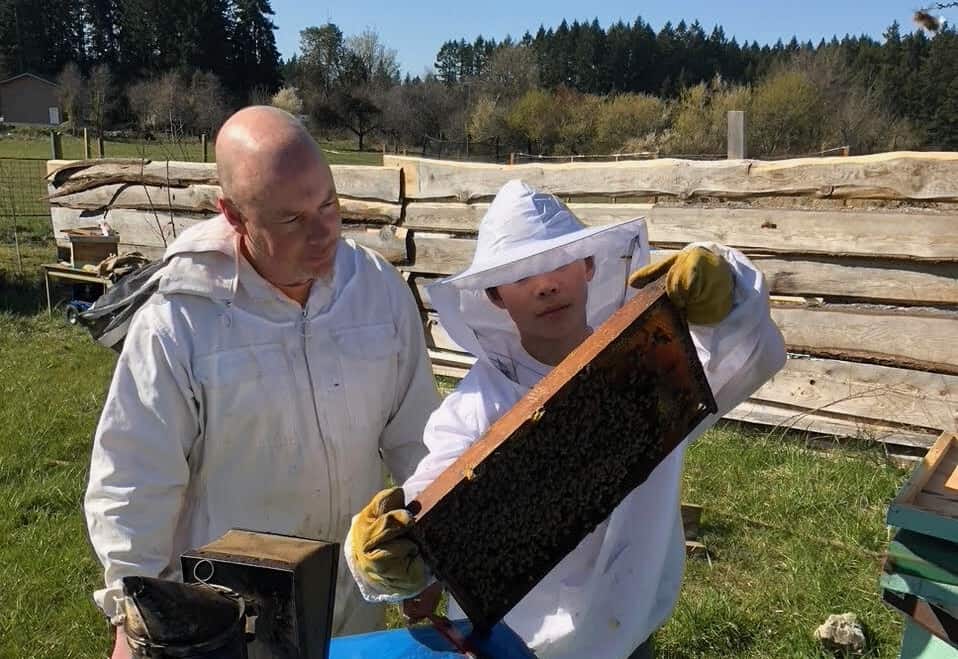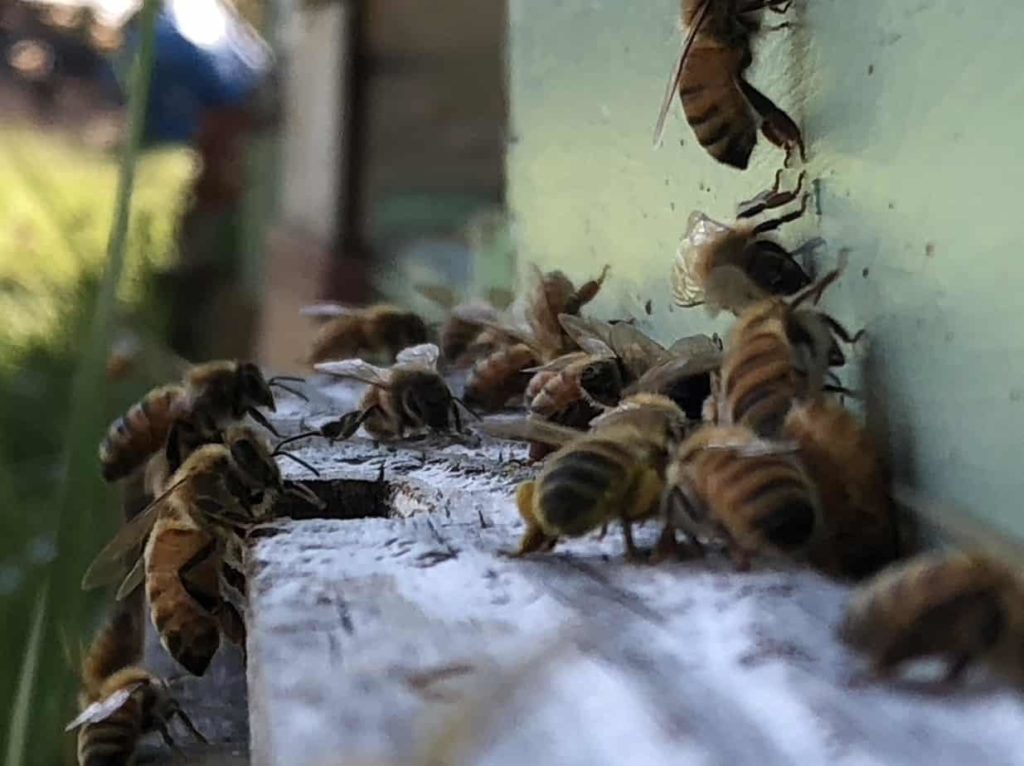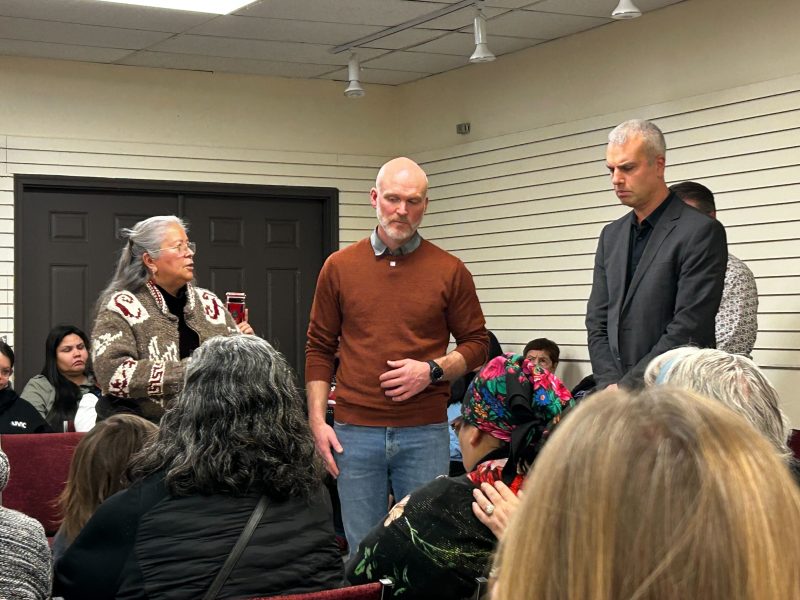
This article is from The Discourse’s Cowichan Valley newsletter. Sign up to get it in your inbox.
Happy World Bee Day! To celebrate, I’m answering a question about how we can all pitch in to help bees in our backyards.
Eagle, a resident of Ladysmith, wrote in to ask if there is anything the public can do to protect local pollinators from invasive hornets. Could more Asian giant hornet hives, like the one found near Nanaimo last September, end up here?
Earlier this month, a New York Times article about the so-called “murder hornets” sparked a media frenzy, and fears that the predatory invaders could do a number on pollinators in coastal British Columbia and the Pacific Northwest.
I asked Ian Low, president of Cowichan Beekeepers, for the facts behind the hype.

What is a ‘murder hornet’?
Giant Asian hornets are, as the name implies, large hornets that are indigenous to parts of Asia. They can reach five centimetres in length with an eight-centimetre wingspan.
Low tells me that while the term “murder hornet” has captured the public imagination, it’s misleading. “It’s completely inaccurate,” he says. “Murder defines something a person does to a person.”
But hornets, even the local varieties, are bee killers. They attack bees in mid-air, taunting worker bees and going straight for the nectar-filled stomachs of their prey. Under the right conditions, Asian giant hornets can quickly and efficiently destroy a colony and their hive.
Should we be worried?
Low says we should keep our fears around the hornets in perspective. Only one hive has been discovered on this continent, plus a couple of individual sightings.
He says that there is little direct threat to humans, although, like other stings, allergic reactions are potentially deadly. And when it comes to protecting regional pollinators, the provincial government and local beekeepers are monitoring the situation.
What’s being done?
Officials and beekeepers are actively looking for signs of Asian giant hornets on Vancouver Island, Low says. They’ve set hornet traps that send a signal when something is caught.
When it comes to protecting honey bee hives, Low says that some beekeepers install screens at the front of the hive to confuse predators. The smell of honey wafts through the front, strategically guiding hornets away from the hive’s entrance.
Why bees matter
Bees pollinate a third of what we eat. This includes popular foods like apples, almonds and strawberries. Without bees, these plants would not receive the adequate amount of cross pollination they require, causing a severe decrease in food production.
It’s no small task! These little insects are vital for sustaining crops and promoting healthy growth and diversity. We need them.

How can people help?
A swarm of hornets is no match for a healthy hive, Low says. Unfortunately, dry summer months tend to diminish food sources, which leaves bees weaker and more vulnerable.
This is where the public can do their part. Low says that maples, dandelions, arbutus, and blackberry bushes are quite nutritious for bees. Keeping bee-friendly plants around means more food for pollinators. Also, simple actions like keeping dandelions on your lawn and not using harmful pesticides can help keep bees healthy.
But it’s not enough to push native plants into barren soil; bees are happiest when the whole ecosystem is healthy and diverse, Low says. That means thinking about the whole system, including the soil, plants, insects and animals.
Resources:
- Want to cultivate a bee-friendly garden but don’t know where to start? The Island Pollinator Initiative has a great resource page.
- And if you come across an insect you suspect to be an Asian giant hornet, report it to the Invasive Species Council of BC. [end]



